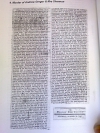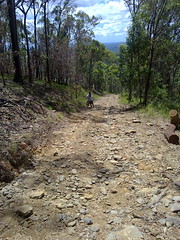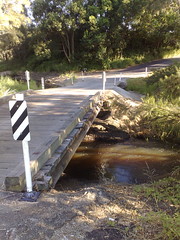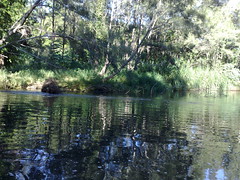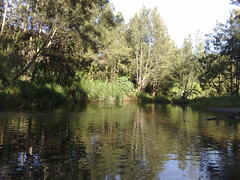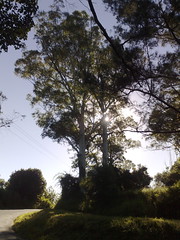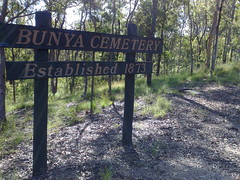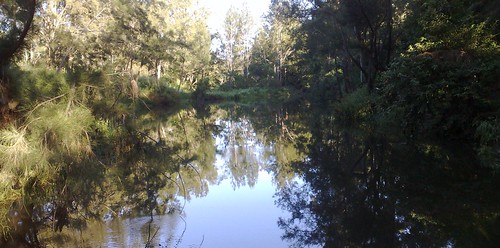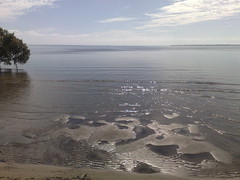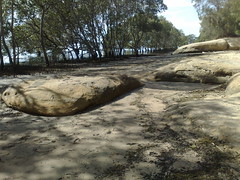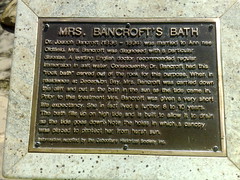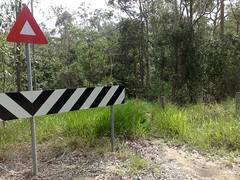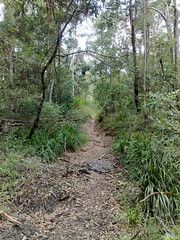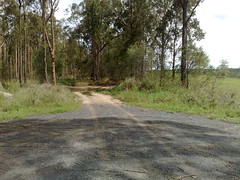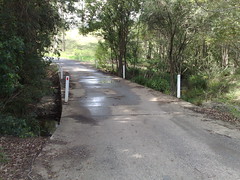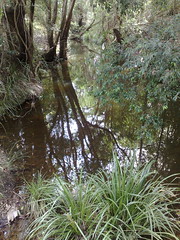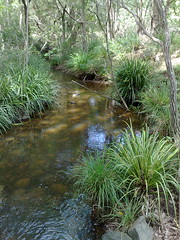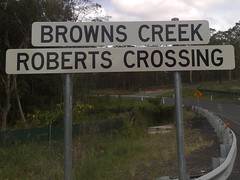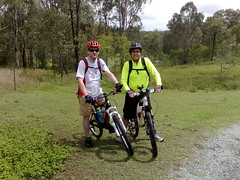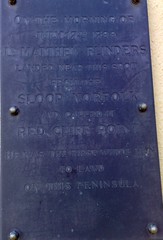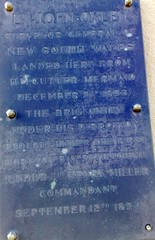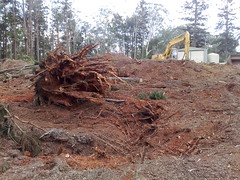



Simon and I caught the train up to Caboolture today and cycled back via Wamuran and Dayboro.
The aim was to explore an old historical road in our area and have fun while we were doing it.
“The Old North Road” is a historic road which was established in 1843 by The Archer brothers (David, Thomas and John) and Evan Mackenzie as a quicker way to travel from Brisbane to Durundur Station and Kilcoy.
Parts of it remain to the North West of Brisbane (where it’s known as “Old Northern Road”, and up near Wamuran on the D’Aguilar Highway where it’s still known as “Old North Road”.
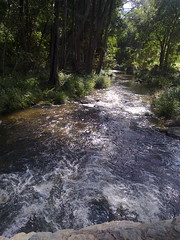
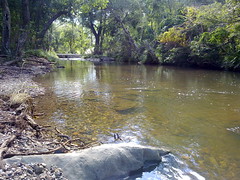
One of the pleasant surprises we found along the way was Zillman’s Crossing. It’s a causeway where The Old North Road crosses the Caboolture River in Rocksberg. This delightfully picturesque spot belies its history where horses, carts, and later cars would have a terrible time getting over the crossing.
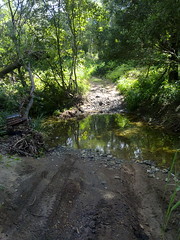
We also crossed Gregors Creek, an old dirt track at the southern end of F.Lindsay Road. This was originally part of the Old North Road, but became disused over the years. Click on the video for a superb demonstration of prowess as Simon shows how to cross a creek on a bike.
As this newspaper article from the Moreton Bay Courier (October 24 1846) reports, Gregors Creek was site of a gruesome murder.
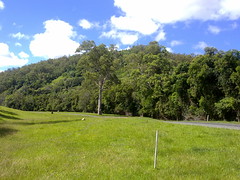
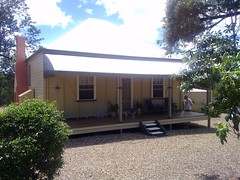
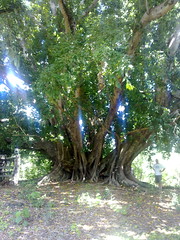
A little further south, and The Old North Road passed below Franz Mountain in Moorina. It overlooks a secluded valley which follows the banks of Burpengary Creek. Today the road is called “Franz Road” and passes south-east through some private property towards Narangba.
One of the beautiful old properties close to Franz Mountain is “Mary Ann’s Cottage“. This delightful cottage was built around 1880 by the son of one of the Moravian Missionaries, Maurice Schnieder and his wife Mary Ann. An outstanding native fig tree (Ficus Virens) stands proudly on the property, and is believed to be over 500 years old.
Meg Thomas, owner of Mary Ann’s Cottage has a fascinating collection of documents detailing the history of the property:
We’ll try to complete the northern section of The Old North Road next week, from Moorina to Whiteside.
But to cap this leg of the journey off, we decided to follow an old dirt “short cut” up the side of Mt Mee. Exceeding a grade of 25% over a couple of kilometres, this has to be the steepest road I’ve ever tried cycling up. But the views were spectacular, and the exhilarating journey down the mountain after the summit made it a worthwhile climb.







